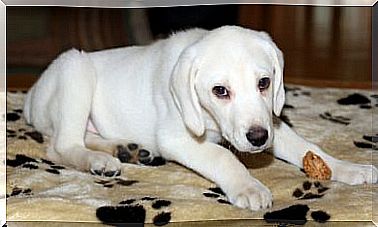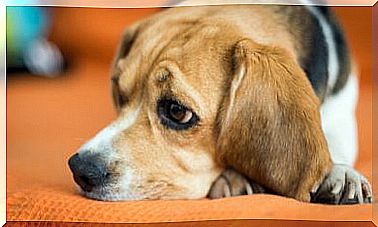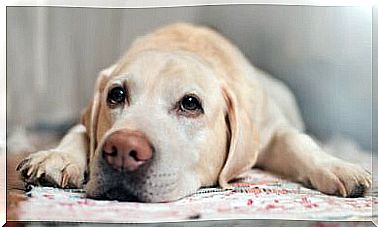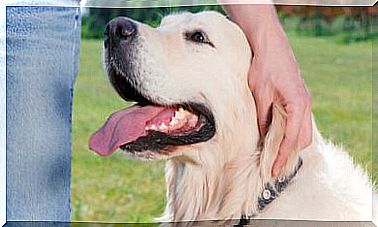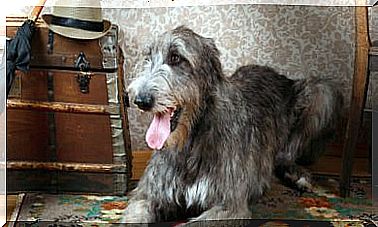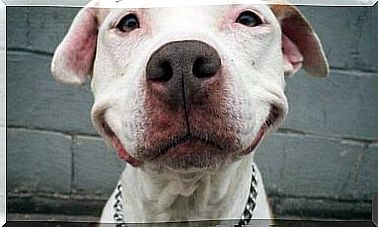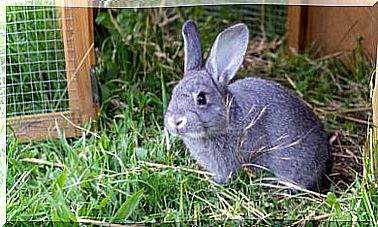The Small Münsterländer
If you are looking for a new hunting dog, or just an agile and energetic breed, the small Münsterländer is perfect for you. This hunting dog, from the Münster region of Germany, specializes in sample hunting and collecting.
Learn about the origins of the small Münsterländer
This breed was created in the German region of Münster, from German breeds of long-haired Pointer and the so-called Wachtelhunds, long-haired spaniels. Its characteristics were not defined until 1921.
Curiously, the small Münsterlander is related to the German writer and poet Hermann Löns, who along with his brothers was looking for the last specimens of the so-called Hannover Red Meadow Pointer, also called Heidewachtel or German Meadow Spaniel.
The first results derived from the breeding of this animal began to become palpable at the beginning of the 20th century, thanks to Count von Bevervörde-Lohburg and his relatives. In 1912, the Münsterländer Small Pointing Dog Association was founded.
The goals of this association were to promote the purity and high-level breeding of the small long-haired pointer. This motto became important especially after the Second World War, as the combination of lack of food and the few characteristics of the breed brought the small Münsterländer to the brink of extinction.
Characteristics and morphology
The body of the small Münsterländer is of harmonious and elegant proportions. Its upright posture allows you to see the fluidity of its muscles and the noble posture of its tail, characteristics that give it the agility and speed for which it is so appreciated as a hunting dog.
The International Cynological Federation classifies this breed in group 7 of continental spaniel-type pointers. The height at the withers is 54 centimeters, in the case of males, while that of females tends to be 52 centimeters. These measurements can vary by about two centimeters.
The coat of the small Münsterländer should be smooth or, at most, slightly wavy. It will also be short and dense, since it needs effective protection that allows it to face its outdoor hunting activity. Regarding colors, the standard supports:
- Brown, white and roan brown with brown spots.
- Cloak speckled with a white list. A long and narrow signal that is naturally formed in the body is called a list.
- Tan markings are allowed on the muzzle, eyes and in the area near the anus. The latter are called Jungklaus brands.
Behavior and habits of the small Münsterländer
We are facing an intelligent race eager to learn. The character of the small Münsterländer is balanced and stable; In addition, he is usually attentive and personable with people, which makes him a good candidate for a family dog.
Regarding its behavior during hunting, this animal has a strong guiding instinct and a good adaptability, ideal qualities for teamwork. His sharpness and his know-how allow him to concentrate on the prey without being distracted by external stimuli.
Like any self-respecting hunting dog, the small Münsterländer can run for hours. Therefore, it is vitally important to provide a good amount of daily exercise that allows you to channel all that energy.
Nor should we forget that this breed is a hunter by nature, and that its brain needs to stimulate its tracking and hunting instincts with all kinds of stimulating games and proper training. It is recommended to start training this dog at an early age in order to mold its stubborn personality.
A rigorous inbreeding prevention control
In the United States, where this breed is especially popular, a series of certificates and tests is required to guarantee that a dog meets all the characteristics and standards of the breed. The association in charge of this, the North American Club of the small Münsterländer, has an evaluation committee that makes it possible to determine the purity of the breed.
This club is also associated with the Orthopedic Foundation for Animals, which determines if the animal’s hips are in perfect condition. Thanks to these rigorous controls, inbreeding and hereditary diseases of this breed are usually minimal.
